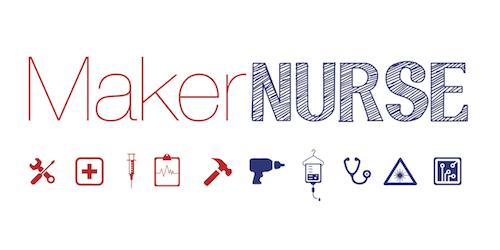Anna Young, co-founder of MakerNurse, is bringing rapid prototyping tools into hospital units to enable nurses, other providers, and even patients to problem-solve with innovative do-it-yourself labs within hospitals, with the end goal of ultimately improving patient care. Anna and her team at MIT’s Little Devices Lab bring rapid prototyping tools into hospital units creating “Maker Health Spaces”. They recently spunoff Pop Up Labs, a privately held company to take these tools to scale across clinical environments. Supported by the Robert Wood Johnson Foundation, MakerNurse aims to empower nurses and bring nurse “making” to helm of changing the face of health care. I had the opportunity to meet with Anna at this year’s TEDMED conference in Palm Springs, CA, to talk about her work.
Tom Fowler, Medgadget: So Anna, have you always been a tinkerer?
Anna Young: I walked into MIT as a trained economist 6-years ago and it was there that I learned how to teardown medical devices, learn how they work and modify them through design and prototyping. If I could do it, I knew anybody could do it. That became my main interesting: how do you develop democratizing tools for medical device design and prototyping.
Medgadget: What type of traction do “Medical Maker Spaces” see in hospitals? What percentage of nurses will take the leap of faith into becoming device developers?
Anna Young: Across the board, 1 in 5 nurses is what Eric von Hippel will call, a “lead user”, they are faster than a device firm to identify a gap in a product and to spot an opportunity for problem solving. Hospitals are loving the notion that they get to transform themselves from problem spotters in need of design and engineering partnerships to developers of their own solutions. And it’s not just traditional research hospitals. Our biggest opportunities are in regional and community hospitals with large volumes of patients.
Medgadget: Provide an example of one awesome, and one terrible product that has come from a Maker Health Space.
Anna Young: Best example, wearable google to control hydration in eyes for burn patients. Worst example, an anatomical wound model that burned through 5lbs of 3D printer filament only to create a very awkward looking mold. To be fair, we love both of them. We think everyone deserves the chance to experiment and prototype. I’d rather see 20 failed prototypes than 1000 post-it notes of ideas for products that never get created.




